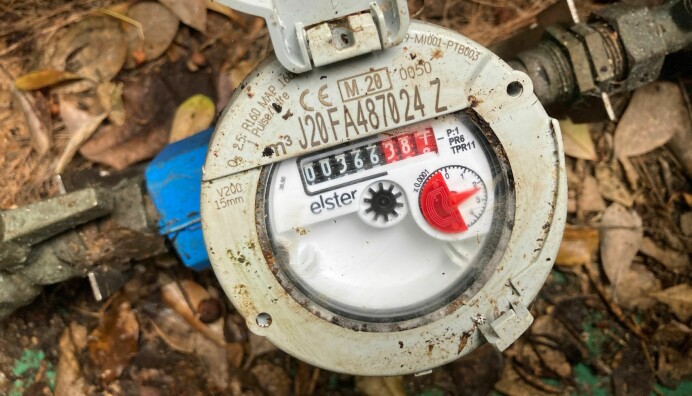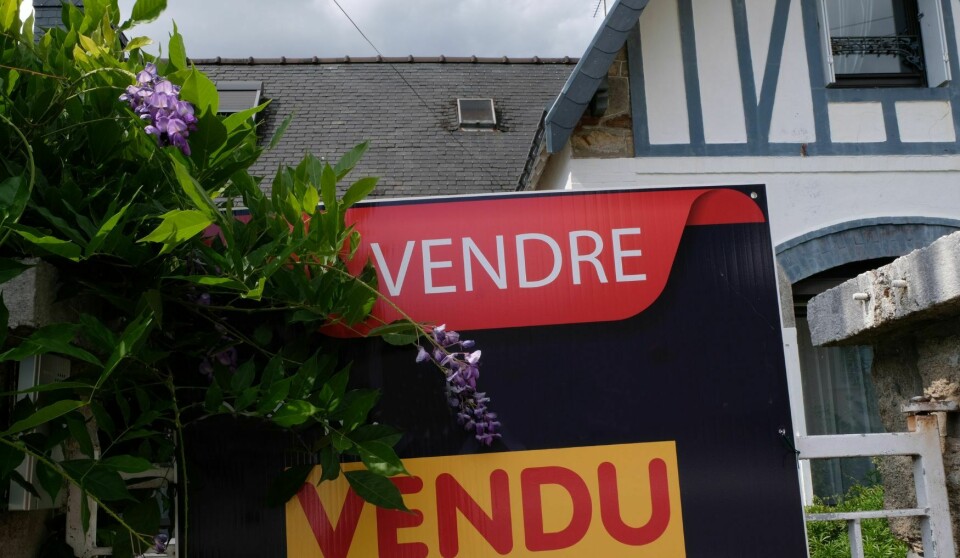-
GR, GRP, PR: What do the French hiking signs mean?
What are the coloured symbols on French hiking routes? Who paints them there and why?
-
Miss France: glam - but not sexy
Miss France organiser Geneviève de Fontenay fears she is fighting a losing battle to protect her 'Cinderella dream' from vulgarity
-
Normandy Landings visit for Queen
Queen Elizabeth has confirmed a state visit to France, ending rumours she is handing over duties to Charles
Why not convert your loft?
AROUND 2.6 million houses could benefit from a loft conversion, creating 104 million square metres of new living space.
Promotoit, representing roofing industry firms, says house owners are wasting space that could be developed to give useful extra living areas, add value and save energy. This comes as parliament has voted through a law allowing for a 30% increase in the coefficient d’occupation des sols (COS), a legal ratio of habitable area compared to total land surface area.
In some properties especially in urban areas, this will now make loft conversions possible where they were not formerly legal due to existing living areas having used up the full COS.
In its report Promotoit goes further, suggesting going over the COS should be permitted for loft conversions. It also wants the eco-prêt loan, which helps those making eco-friendly home improvements, to be extended to cover this work (at present only insulating the floor of an - uninhabited - loft is included); it also suggests a financial incentive, such as a tax credit, for people undertaking work to lift their roof.
Promotoit says loft conversions, with or without roof-lifting, fit the government’s aim to densify use of existing housing areas, to avoid urban sprawl.
A spokeswoman, Isabelle Dorgeret, said: “There is a tendency for inhabited areas to spread faster than population growth, so, for example agricultural land and woods are lost.”
Promotoit says solutions include division parcellaire - that is making existing housing areas denser (an Ifop survey it commissioned found a third of house owners with gardens would contemplate selling a part for this), and adding floors to blocks of flats.
“Loft conversion is also extremely interesting, because it allows you to create new living areas in existing homes without creating new outer walls for heat to escape. Among people planning on enlarging their living area only 2% are considering this - but if you want to enlarge your house by 40-50m2, it’s better to do it by living in the loft than putting an eyesore on the side. It costs much less, is easier to insulate and more energy-efficient.”
A 2010 study by energy sector representatives Energies et Avenir found a house with a loft conversion typically consumes 25% less energy than another with the same living space.
According to Promotoit, work on the roof, sometimes including complete renewal, is necessary. “If you are going to spend money fitting out the loft, creating, for example, two new bedrooms and a bathroom, you don’t want an old leaky roof above,” said Mrs Dorgeret. While she admitted Promotoit has a vested interest, she added: “It makes sense to at least have a roofer check your roof before starting - you might just need a few tiles replacing, or some metal parts around the chimney, for example. It costs much less than having to get all the paintwork redone because of a leak.”
Roof insulation is also recommended as part of the project - according to environmental agency, Ademe, typically 30% of heat loss in a house is through the roof.
On average Promotoit estimates it typically costs €500-€1,000/m2 to convert a loft, depending on comfort levels, including roofing work, creating roof windows, insulating, and fitting out the rooms.
Costs are higher where it is necessary to raise the building height because, for example, the roof is not steeply enough pitched. Work is also more complex where there are fermette style beams, which take up too much space and have to be modified.
Simple loft conversions usually only require a declaration of the work to your mairie and notification to the tax authorities (for purposes of the local property taxes), said Mrs Dorgeret. However planning permission is needed for more complex ones, especially where the roof is raised.





















